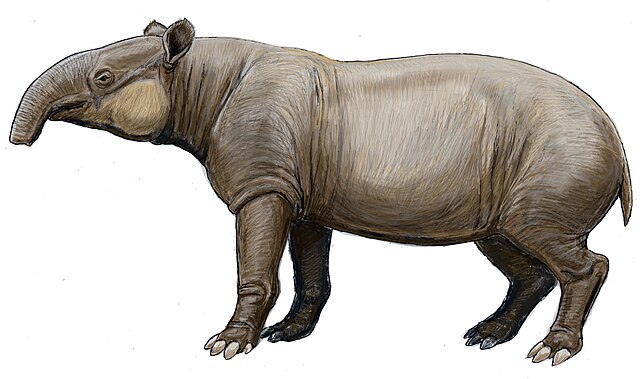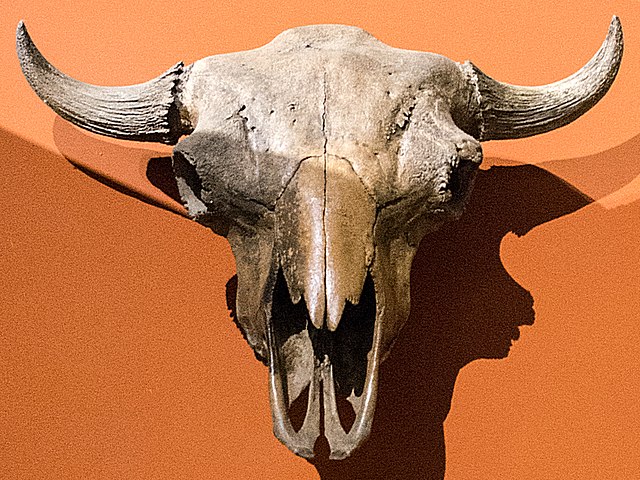Late Pleistocene extinctions
The Late Pleistocene to the beginning of the Holocene saw numerous extinctions of predominantly megafaunal animal species, which resulted in a collapse in faunal density and diversity across the globe. The extinctions during the Late Pleistocene are differentiated from previous extinctions by the widespread absence of ecological succession to replace these extinct megafaunal species, and the regime shift of previously established faunal relationships and habitats as a consequence. The timing and severity of the extinctions varied by region and are thought to have been driven by varying combinations of human and climatic factors. Human impact on megafauna populations is thought to have been driven by hunting ("overkill"), as well as possibly environmental alteration. The relative importance of human vs climatic factors in the extinctions has been the subject of long-running controversy.

Late Pleistocene in northern Spain, by Mauricio Antón. Left to right: wild horse; woolly mammoth; reindeer; cave lion; woolly rhinoceros
Mural of the La Brea Tar Pits by Charles R. Knight, including sabertooth cats (Smilodon fatalis, left) ground sloths (Paramylodon harlani, right) and Columbian mammoths (Mammuthus columbi, background)
The proportion of extinct large mammal species (more than or equal to 10 kg (22 lb)) in each country during the last 132,000 years, only counting extinctions earlier than 1000 years BP
Giant tapir (Tapirus augustus) restoration
The Late Pleistocene is an unofficial age in the international geologic timescale in chronostratigraphy, also known as the Upper Pleistocene from a stratigraphic perspective. It is intended to be the fourth division of the Pleistocene Epoch within the ongoing Quaternary Period. It is currently defined as the time between c. 129,000 and c. 11,700 years ago. The late Pleistocene equates to the proposed Tarantian Age of the geologic time scale, preceded by the officially ratified Chibanian. The beginning of the Late Pleistocene is the transition between the end of the Penultimate Glacial Period and the beginning of the Last Interglacial around 130,000 years ago. The Late Pleistocene ends with the termination of the Younger Dryas, some 11,700 years ago when the Holocene Epoch began.
image of Nazlet Khater skeleton found in Upper Egypt showing early human culture dating back to approximately 30-40 Ka
Bison occidentalis skull at the Cleveland Museum of Natural History.






